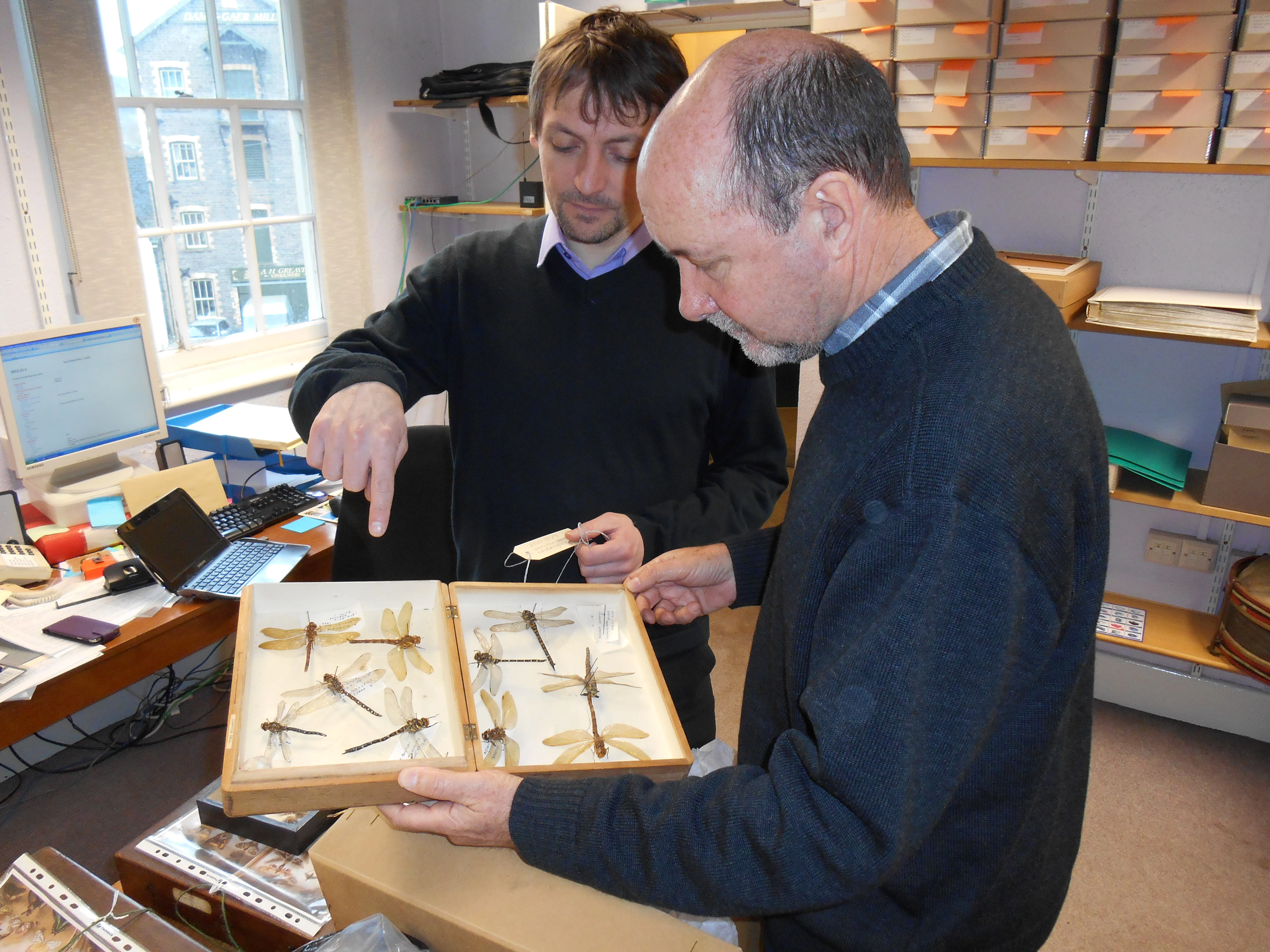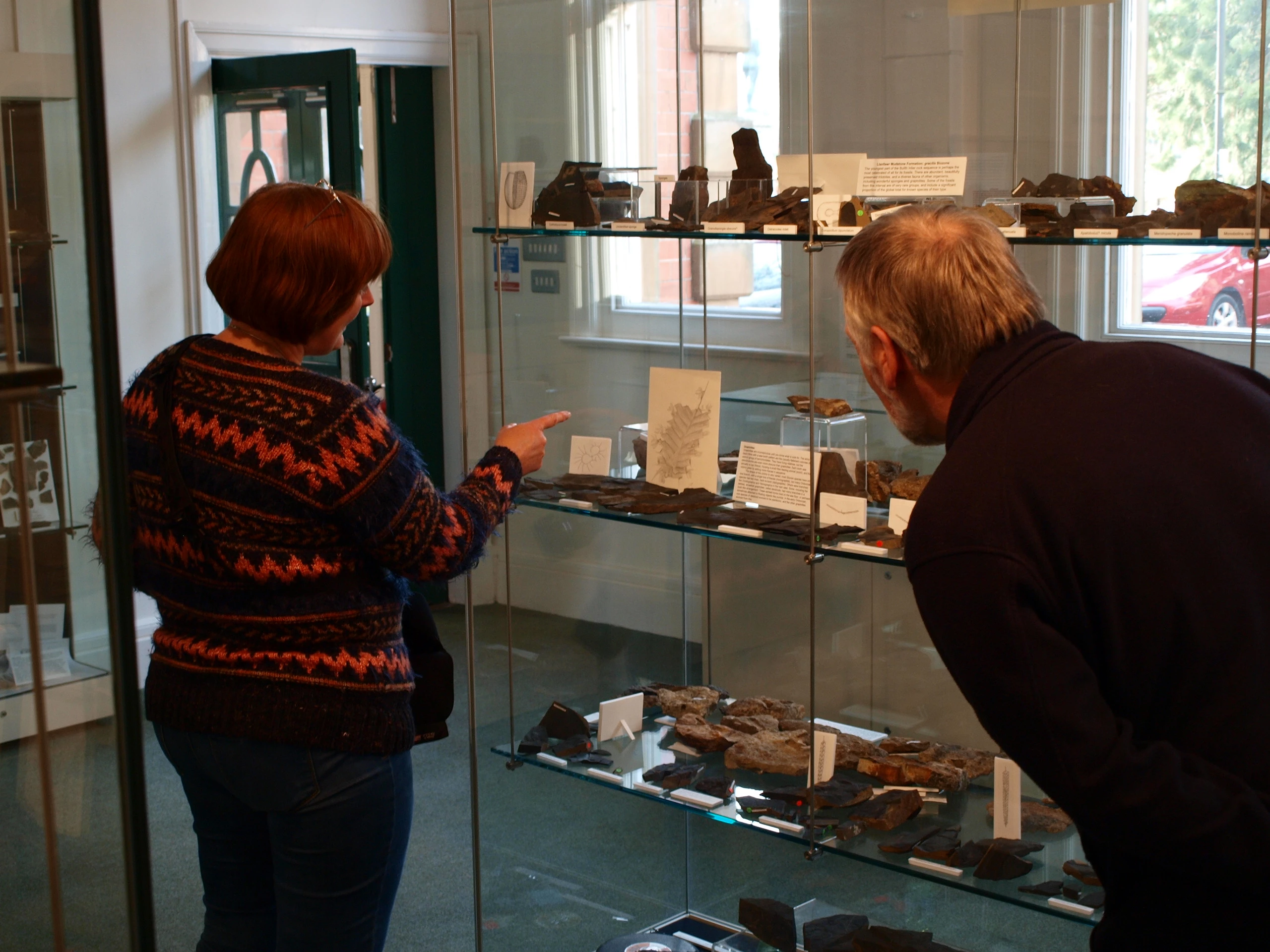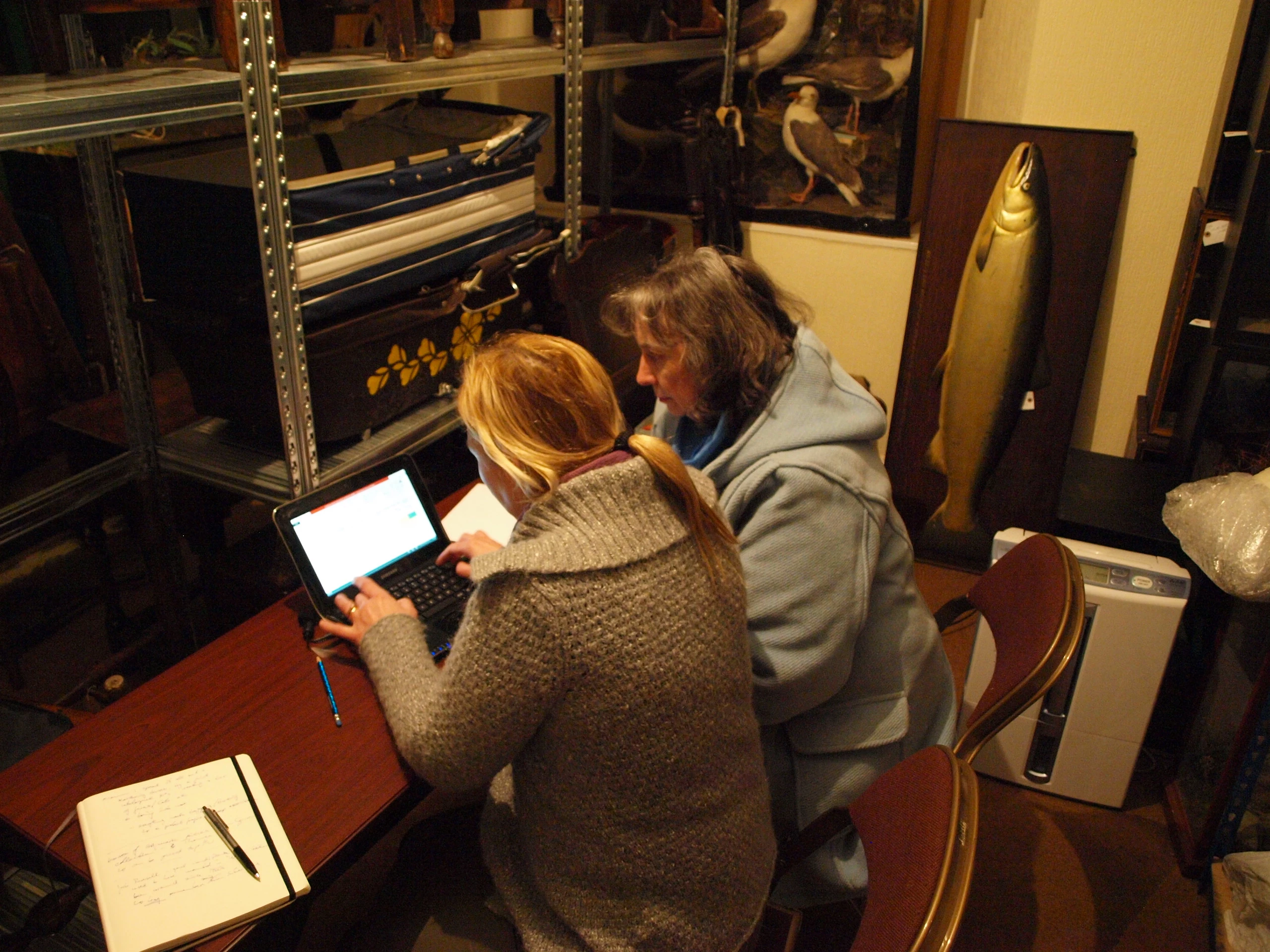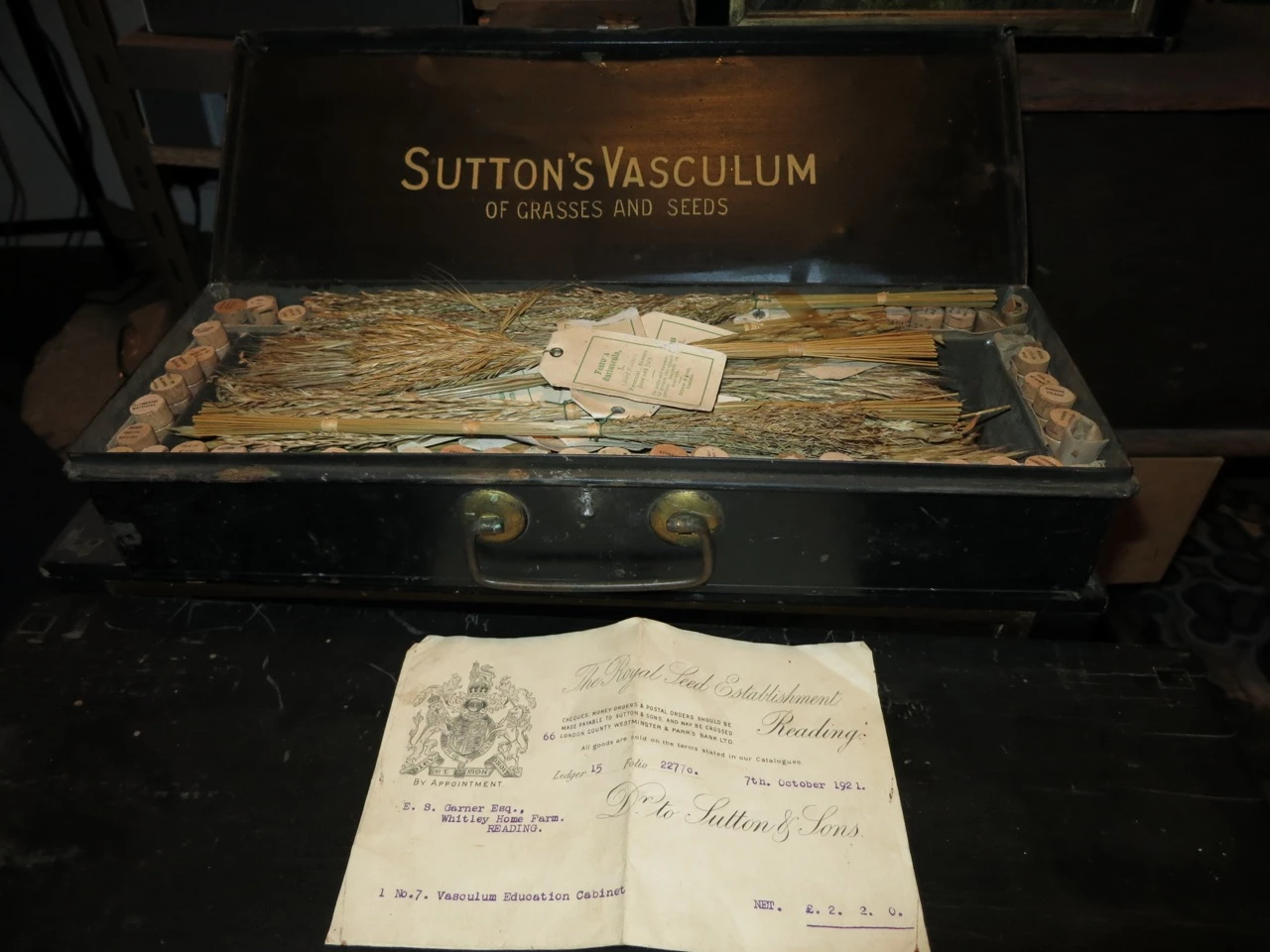Collections Reviews in Wales
, 10 April 2014
Collections reviews are a hot topic in museums these days, and for good reasons. Reviews form an integral part of collections management. Last October on this blog, I introduced a number of recent reviews of natural science collections. Now it’s time to talk about the Welsh Museums Federation’s approach.
Methodology
The dry bit first: we developed a methodology that reflects the constraints of the project. And they are pretty tight: we needed to undertake 20 reviews with an average time allocation of two curator days each. This means getting an overview of holdings, assessing their significance, and identifying any collections needs in a single day. We adapted UCL’s significance toolkit rather than using the more recently published CyMAL assessment. We felt that this better reflected the questions we were asking and the constraints of the project. If you want to know more about the methodology, please get in touch with the 'Linking Collections' project manager.
‘Linking Collections’ was conceived because natural science collections up and down the country are, generally speaking, relatively neglected and in need of TLC. We have found that this really is the case. In some cases, specimens were lovingly repackaged in acid free tissue in good boxes – and then not checked for ten years because of lack of specialist curatorial expertise, sometimes with spectacular results. If you work in a museum you know all about this; you are likely to have seen things no mortal eye should ever have to witness.
Process
Let’s focus on the review process itself. It’s quite simple really. A pre-review questionnaire sent to partner museums early last year collected information about scope and approximate size of collections. This then formed the basis for a decision on how many and which curators (reviewers) to send to each museum. Amgueddfa Cymru – National Museum Wales very kindly provided ‘Linking Collections’ with expertise in the form of specialist curators; the National Museum is now the only museum in Wales with specialist natural science curators.
The project manager acts as the match maker and organises the (review) dates. At the museum, each reviewer is paired up with a local member of staff or a volunteer – in either case somebody who either already is, or will be in future, working with the natural science collection. In this way, the reviewer benefits from local knowledge of physical access to the collection. At the same time, the local staff/volunteers get hands-on training in object handling and a deep insight into their collection from the reviewer. This way of working not only speeds up the process of working through a collection; it also forms an important part of the training element of ‘Linking Collections’, as one of the main aims of the project is to improve the local understanding of natural science collections.
While the reviewer assesses the objects, the assistant fills in the EXCEL data matrix on a laptop. The data matrix asks for a definition of a ‘review unit’ as well as its size (a unit can be a single specimen or an entire cupboard full of specimens); information about provenance, the collector, collection date. We then record any information about local relevance and historic notes, as well as a simple indication of conservation state, documentation, quality of packaging and any potential health and safety issues. Then there is a block of columns with significance assessments, on a traffic-light-scale, regarding different levels of importance (local to international) and value (scientific, historic, educational, …). Finally, the reviewer also records an initial recommendation for potential use of the review unit.
Results
The information we get from this assessment helps determine the potential of each collection. It will also enable to identify gaps in collections that could be addressed, in the future, through the museum’s collecting strategy. And because the approach is consistent between 20 museums it will be possible to compare these collections directly, and see how they complement each other, or whether there are similar problems affecting them. This last point is particularly important in the context of establishing the Distributed National Collection in Wales, which is what this project is all about.
Follow 'Linking Natural Science Collections in Wales' on Twitter @LinkinCollWales or Facebook.







